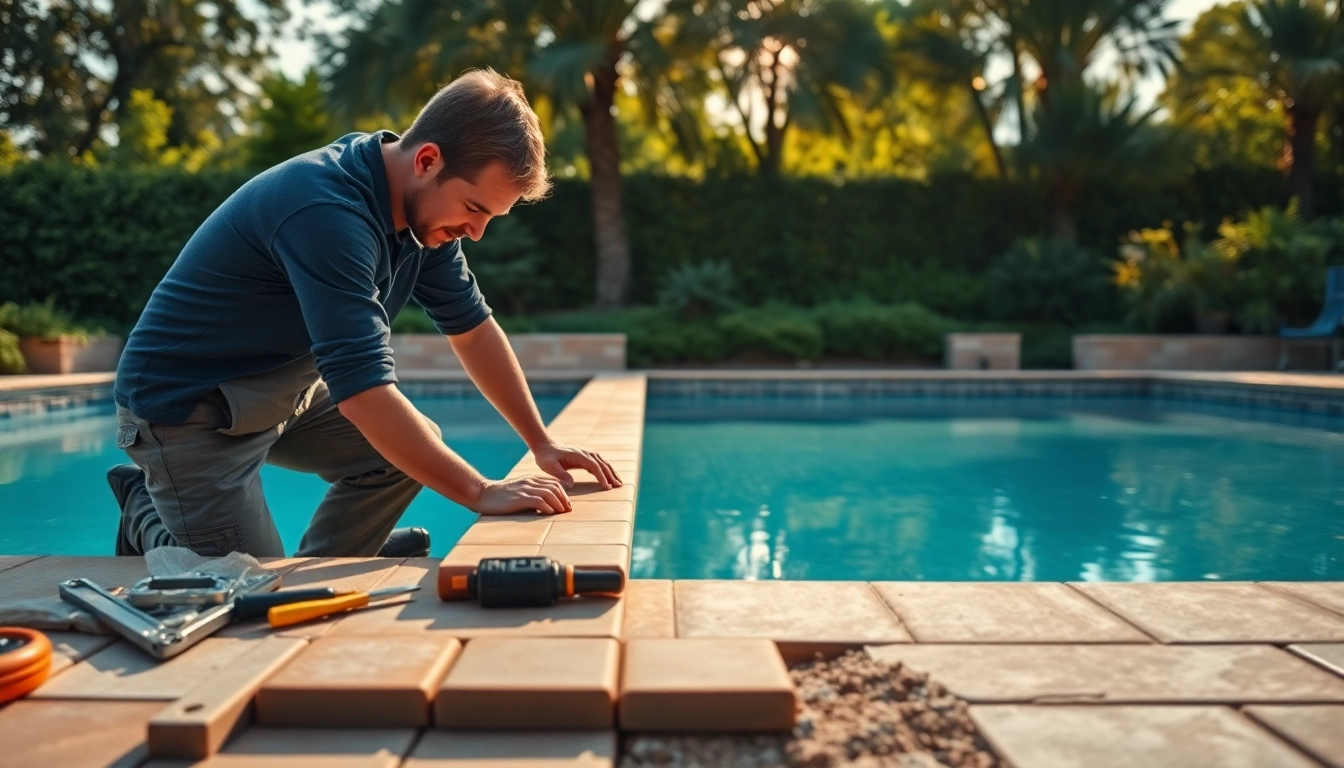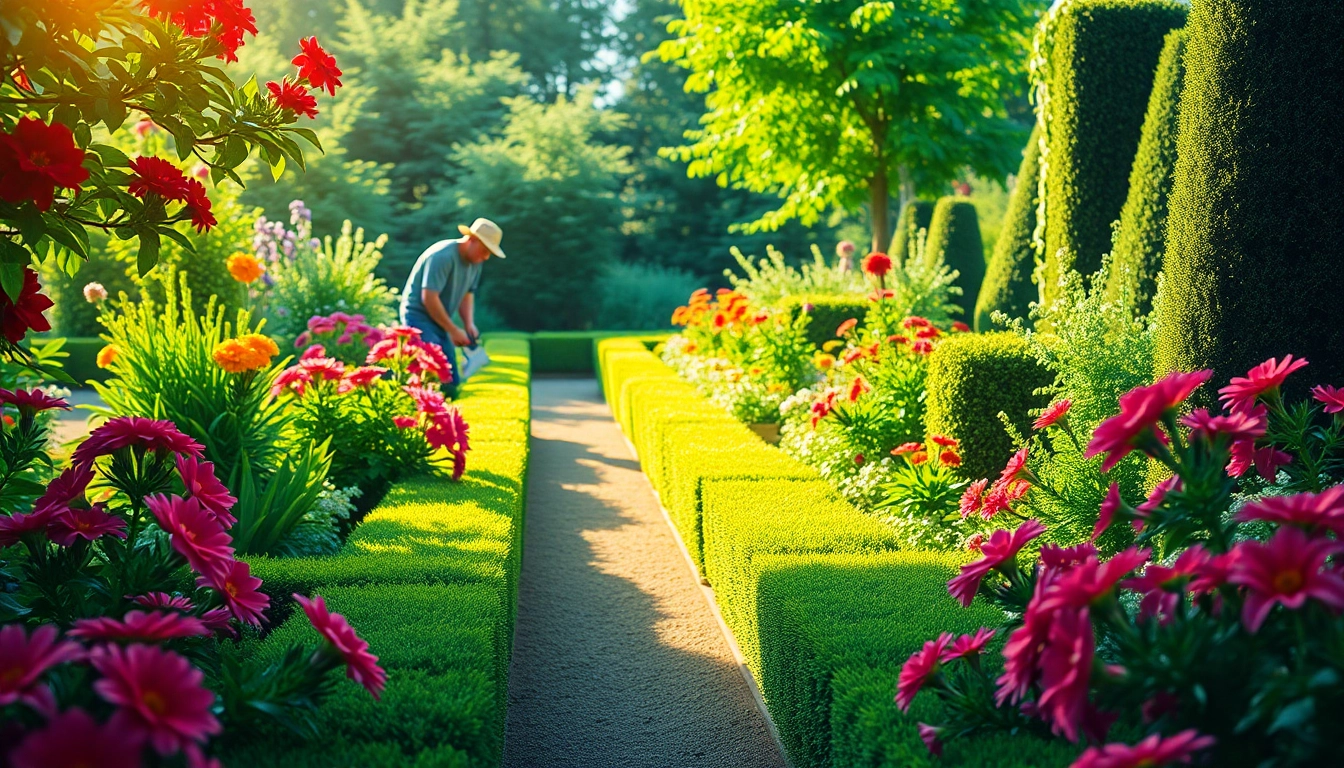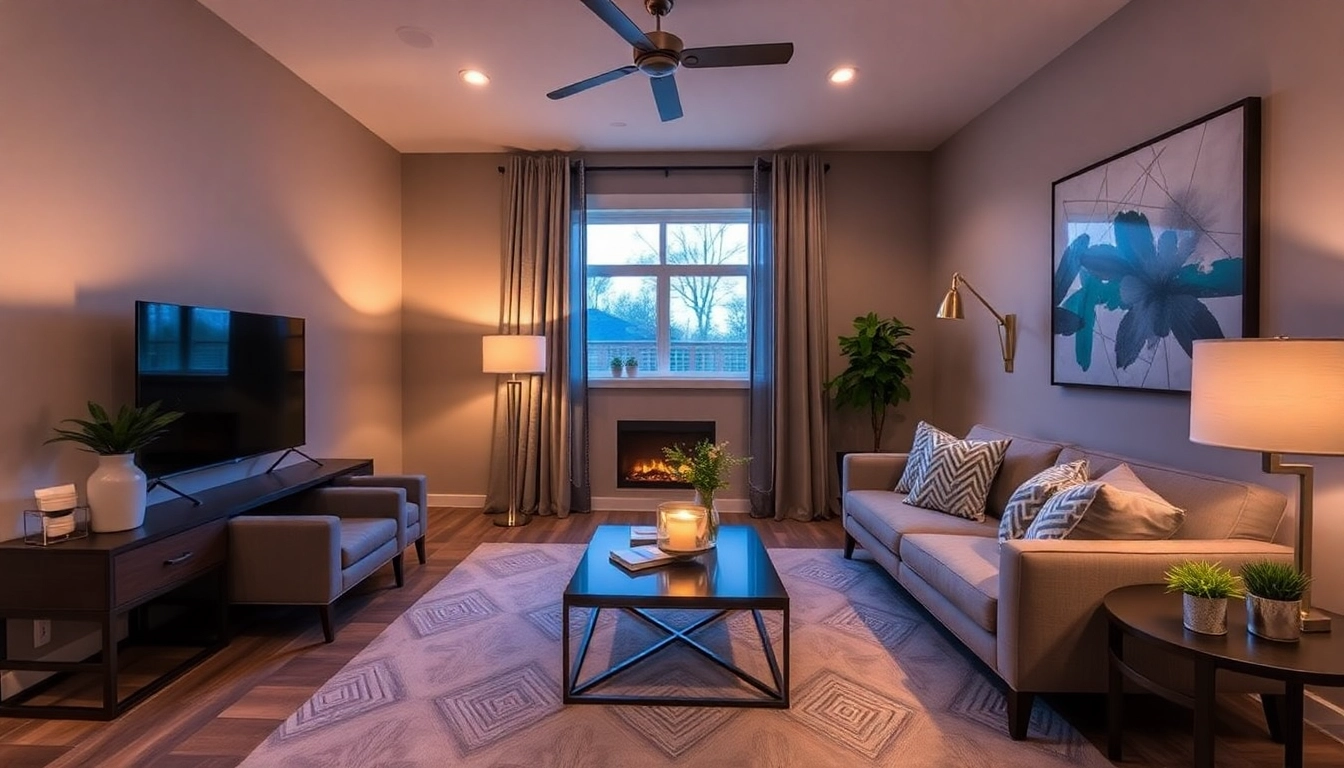Understanding Wandbegrünung Indoor
Indoor wall gardening, commonly referred to as Wandbegrünung Indoor, has emerged as a prominent trend in interior design, merging the realms of aesthetics and environmental sustainability. This innovative approach transforms ordinary walls into lush vertical gardens, breathing life into indoor spaces while offering numerous benefits for mental and physical well-being. In this comprehensive guide, we will explore the nuances of indoor wall gardening, assessing its advantages, the selection process for suitable plants, maintenance techniques, and design ideas.
What is Indoor Wall Gardening?
Indoor wall gardening involves the installation of various plants onto vertical surfaces, creating a garden that thrives indoors. Unlike traditional planting, this method utilizes walls as the primary growing space, offering unique solutions for those who wish to incorporate greenery in limited areas. This concept can be achieved through several techniques, including the use of modular planting systems, wall-mounted planters, and living wall installations that allow for a diverse array of plants to flourish in compact environments.
Benefits of Wandbegrünung Indoor
The benefits of indoor wall gardening extend beyond simple aesthetics. Here are some key advantages:
- Air Quality Improvement: Plants naturally filter the air, absorbing carbon dioxide and releasing oxygen. Additionally, certain species can remove toxins, leading to a healthier indoor environment.
- Microclimate Regulation: Living walls can enhance humidity levels and regulate temperatures, making spaces more comfortable, especially in arid climates.
- Enhancing Aesthetics: A vertical garden can serve as a stunning focal point within a room, contributing to a biophilic design that connects occupants to nature.
- Sound Insulation: Green walls can help in absorbing sound, reducing noise pollution, and creating a calmer atmosphere.
- Psychological Benefits: Exposure to green spaces has been linked to enhanced mood, reduced stress levels, and improved overall mental health. The presence of plants can increase productivity and creativity in workspaces.
Choosing the Right Location for Your Plants
Selecting the ideal location for your indoor garden is crucial for its growth and sustainability. Consider the following factors:
- Light: Assess the light conditions in the chosen area. Most plants require indirect sunlight, understanding which direction your light sources come from and how intensively they hit the wall will influence plant health.
- Humidity: Some plants thrive in high-humidity environments, while others prefer drier air. Choose a spot that aligns with the humidity needs of your selected vegetation.
- Accessibility: Ensure the location is reachable for maintenance tasks such as watering, pruning, and cleaning.
- Visibility: Place the wall garden in a location that maximizes visibility and enjoyment, enhancing the overall ambiance of your space.
Best Practices for Plant Selection
Top Plants for Indoor Green Walls
When selecting plants for an indoor wall garden, it’s essential to consider varieties that adapt well to vertical growth. The following plants are among the best suited for indoor living walls:
- Ferns: Species such as the Boston Fern and Maidenhair Fern thrive in shaded, humid conditions, making them perfect for indoor planting.
- Succulents: For those who prefer low-maintenance options, succulents like Echeveria and Sedum are hardy and require minimal care.
- Philodendrons: These are ideal for various light conditions and grow well in vertical displays.
- Peace Lily: Known for its air-purifying qualities, the Peace Lily can thrive in lower light, making it a solid choice for dim indoor areas.
- Herbs: Consider incorporating herbs like basil, mint, or thyme which not only beautify but also provide culinary benefits.
Considerations for Plant Care and Maintenance
Maintaining plants in an indoor wall garden requires diligence and attention. Here are several key points to consider:
- Watering: Establish a routine for watering, ensuring that plants receive adequate moisture without drowning their roots.
- Fertilization: Use a balanced, water-soluble fertilizer to supply nutrients, particularly during the growing season.
- Pruning: Regularly trim and prune plants to encourage healthy growth and maintain an attractive appearance.
- Monitor for Pests: Keep an eye out for common pests such as aphids and spider mites. Develop an integrated pest management plan.
Seasonal Adjustments for Your Indoor Garden
Indoor gardens require seasonal monitoring and adjustments, particularly during extreme weather changes. Here are a few strategies to keep in mind:
- Lighting Adjustments: As seasons change, so do light levels. Consider adjusting the placement of grow lights or moving plants closer to windows as needed.
- Temperature Control: Ensure good airflow around your plants, especially during summer months where heat can build up.
- Soil Amendments: As plants grow, nutrient levels may deplete. Consider repotting or amending soil to ensure adequate nutrition.
- Rotation: Rotate your plants from time to time to promote even growth and prevent any one side from becoming weaker.
Designing Your Indoor Green Wall
Design Inspirations for Wandbegrünung Indoor
As you embark on your vertical gardening journey, exploring various design concepts can spark creativity. Here are some fresh ideas for your indoor green wall:
- Living Art: Create a piece of living art by arranging colorful foliage and varied plant textures. Contrast leaf shapes and sizes for visual interest.
- Vertical Succulent Gardens: Utilize a range of succulents to create an enticing, low-maintenance garden that brings a dash of color.
- Herb Walls: Construct a fragrant herb garden on your kitchen wall, ensuring easy access for cooking while enhancing the space’s aesthetic.
- Color Coordination: Selecting plants based on a cohesive color scheme can create a sophisticated and professional touch to your indoor space.
DIY vs Professional Installation
There are two main approaches to establishing your green wall: DIY or hiring professionals. Here’s a breakdown of the advantages of each:
DIY Installation
- Cost-effective: DIY methods generally require less financial investment than hiring professionals.
- Creative Freedom: You have the liberty to design and install the garden according to your vision without constraints.
- Skill Development: Taking on the project yourself allows you to learn about plant care and garden design.
Professional Installation
- Expert Guidance: Professionals bring expertise in plant selection and installation, ensuring a successful setup.
- Time Efficiency: Hiring experts can save you time, allowing you to avoid common pitfalls in the construction phase.
- Maintenance Support: Many install companies offer ongoing support for maintenance, ensuring plant longevity.
Innovative Systems for Vertical Planting
Advancements in technology have brought forth various innovative systems that simplify the process of indoor wall gardening. Some notable approaches include:
- Modular Vertical Planters: These systems allow for easy arrangement and rearrangement of plants, letting you change your design as desired.
- Aeroponic Systems: Utilizing misting technology, aeroponic systems provide nutrients directly to plant roots, promoting faster growth with less water.
- Hydroponic Wall Systems: With a hydroponic setup, plants grow in a nutrient-rich water solution, minimizing the need for soil while maximizing space efficiency.
Maintaining Your Wandbegrünung Indoor
Essential Care Tips
Keeping your indoor green wall flourishing requires proactive care. Below are essential tips to ensure ongoing health:
- Regular Checks: Implement a schedule for checking moisture levels, plant health, and overall conditions.
- Optimize Watering: Use a drip irrigation system for consistent moisture, especially for larger installations, to promote even distribution.
- Fertilizing Routine: Create a fertilizing routine based on your specific plants’ needs and seasonal changes.
- Local Consultation: Don’t hesitate to reach out to local nurseries or garden centers for advice specific to your plant selections.
Common Challenges and Solutions
While maintaining an indoor wall garden can present challenges, here are common issues and their solutions:
- Pest Infestations: Regular monitoring and the use of organic pest control methods (such as neem oil) help prevent damage.
- Water Issues: Change irrigation methods if plants are over-watered or under-watered, commonly indicated by yellowing leaves.
- Lighting Problems: If plants seem to be stretching unnaturally, it may indicate a lack of light; consider supplementing with grow lights.
Using Technology to Enhance Growth
Incorporating technology into your indoor gardening practices can improve growth and ease maintenance:
- Automated Watering Systems: These systems can be programmed to provide precise amounts of water at intervals that suit plant needs.
- Smart Sensors: Soil moisture sensors allow you to monitor hydration levels and provide alerts for watering needs.
- Grow Lights: Utilizing LED grow lights can enhance photosynthesis, encouraging growth even in low-light environments.
Cost and Installation Insights
Understanding Pricing for Wandbegrünung Indoor
The cost associated with indoor wall gardening can vary widely based on several factors, including the scale of the project and the types of plants used. On average, budget anywhere from $50 to $200 per square foot for a well-done indoor green wall, factoring in plant selection, installation materials, and ongoing maintenance.
Estimating Installation Time
The time required for installation will depend on whether you choose a DIY approach or professional assistance. A DIY project may take between 1 to 3 days for setup, while professionals can usually complete installations within 1 day, depending on the complexity of the design.
What to Consider Before Starting Your Project
Prior to embarking on your indoor wall garden journey, consider the following:
- Budget: Determine your budget for both installation and maintenance to ensure your project aligns with financial expectations.
- Space Considerations: Evaluate the potential space logistics, including weight limits and surface conditions of the walls.
- Long-term Commitment: Acknowledge the necessary upkeep and care involved with maintaining an indoor garden, preparing for seasonal changes.
- Design Goals: Clearly define your vision, taking into account the desired aesthetic, plant types, and functionality of your green wall.


